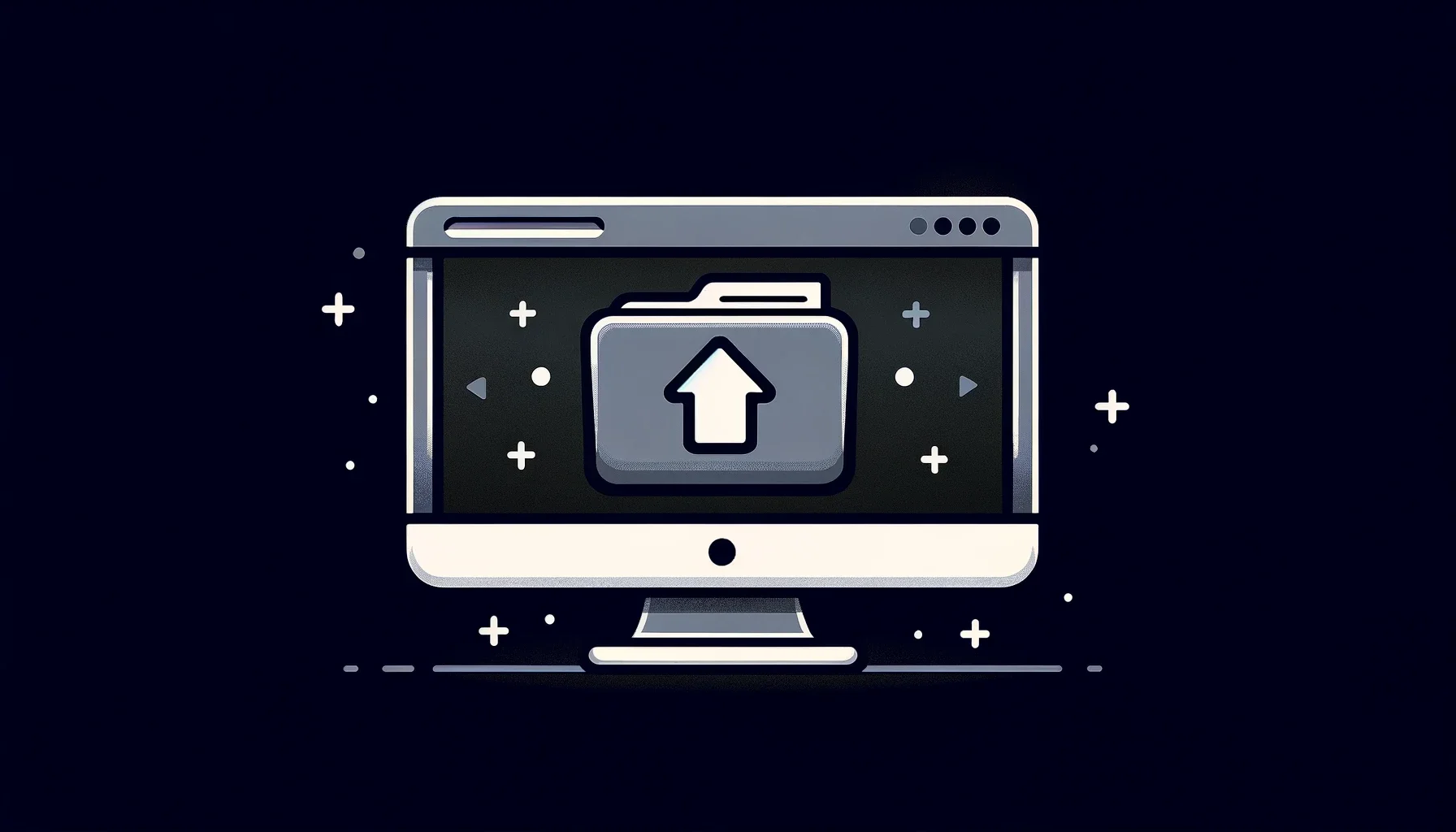Today, staying in touch with family, friends, and colleagues has never been easier, thanks to the Internet. We’re constantly sharing—be it messages, photos, videos, or various other files. No matter where we are—in the office, at home, on a holiday, or even thousands of feet in the air on a plane—the ability to seamlessly upload and download files is essential.
Hence, allowing users to upload files to your website or application can provide immense value, enabling collaboration, sharing, and gathering important user-generated content. However, designing the upload process brings challenges around providing a smooth user experience while also ensuring security, storage, and compliance factors are addressed.
This is why understanding how to design a secure and smooth file upload process for your users is crucial. In this article, we have listed key considerations and best practices for creating a seamless and secure file upload process that meets both user and business needs.
5 Key Considerations When Designing a Secure File Upload Process

1. Clear Interface and Instructions
The first step in designing an effective upload process is to create a simple and intuitive interface. Clearly label upload buttons and provide specific instructions on how and what users can upload.
Accepted File Types
Be transparent about permitted file types and maximum size limits to set proper user expectations. This avoids frustration from uploading unacceptable files.
Provide this information upfront in the interface; for example, PDF, DOC, or PNG files up to 10 MB are accepted.
Upload Method Options
Offer users different upload methods to provide flexibility:
- File select dialog: Allow browsing local files to upload
- Drag and drop: Enable dropping files for upload
- Paste from clipboard: Users can paste images for upload
- External sources: Integrate external cloud sources like Google Drive or Dropbox
Progress and Status
Show upload progress indicators like loading bars and display confirmation messages upon completion to provide user confidence.
2. Security Considerations
Security is very important when you allow external files to be uploaded to your system. Implement checks, protection, and restricted access to guard against threats.
- Input Validation: Validate and sanitize all input on the server side before processing uploads. Check for proper file types, size limits, malware, etc.
- User Authentication: Require user logins to track and audit uploads. Rate-limiting per user can also minimize abuse.
- Unique File Names: Store files using a unique randomized file name, not the original. This avoids security risks if certain file names are blocked or allowed.
- Restrict Access: Only allow authorized users and systems access to uploaded files. Set the most restrictive permissions possible based on your application logic.
3. Storage and Infrastructure
The infrastructure and policies for storing, organizing, and serving files should be planned for scalability and reliability.
- Object Storage: Use cloud object storage like S3 instead of file servers. This allows scaling capacity easily without managing hardware.
- Folders and Metadata: Organize uploads logically into folder structures and tag files with metadata like descriptions, timestamps, and ownership.
- CDN for Delivery: Image CDNs serve files to users via a fast content delivery network. This offloads traffic from application servers, ensuring seamless file upload functionality for users.
- Backups: Have a backup and retention policy for storage according to governance policies. Plan for disaster recovery requirements.
4. Compliance and Legal Factors
Consider compliance rules and legal factors when allowing file uploads to avoid governance violations from user-generated content.
- Private Information: If your application handles sensitive private information, ensure regulatory compliance like HIPAA, PCI DSS, etc.
- Illicit Material Detection: Detect and block clearly illegal uploaded content like child abuse media using algorithms and moderation flows.
- Digital Rights Management: Respect copyright laws and DMCA takedown processes. Have workflows to handle infringement claims over uploaded content.
- Terms of Service: Craft clear website terms explaining ownership, acceptable use policies, and liabilities over user uploads.
5. Testing and Optimization
Continuously gather feedback and metrics on the upload process to identify issues and optimization opportunities.
- User Testing: Conduct user testing on the upload flows to find confusing interfaces, error triggers, etc., and refine them.
- Metrics Monitoring: Monitor operational metrics like upload volume, failure rates, storage consumption, etc., to catch issues.
- Bottleneck Identification: Profile performance to find and fix bottlenecks in the upload and post-processing pipelines.
To wrap up, by considering the factors listed in this article, you can develop a robust system for allowing users to securely upload content to your application. Be sure to continuously test and monitor the pipeline to catch issues and guarantee a smooth experience. The effort is well worth it to enable powerful user-generated content and collaboration capabilities.
Related Posts:
- Tailored Software Development: A Catalyst for Your Business Growth
- Top 11 Enterprise Software Development Trends to Watch in 2024
- Startup Software Development Process: Crucial Factors to Consider
- Scaling Software Development Teams: Challenges And Solutions
- What is Cross Browser Testing? – 5 Best Cross Browser Testing Tools
- 5 Challenges of Cross-Browser Testing in Selenium and How to Overcome Them
- 5 Common Mistakes to Avoid in Regression Testing
